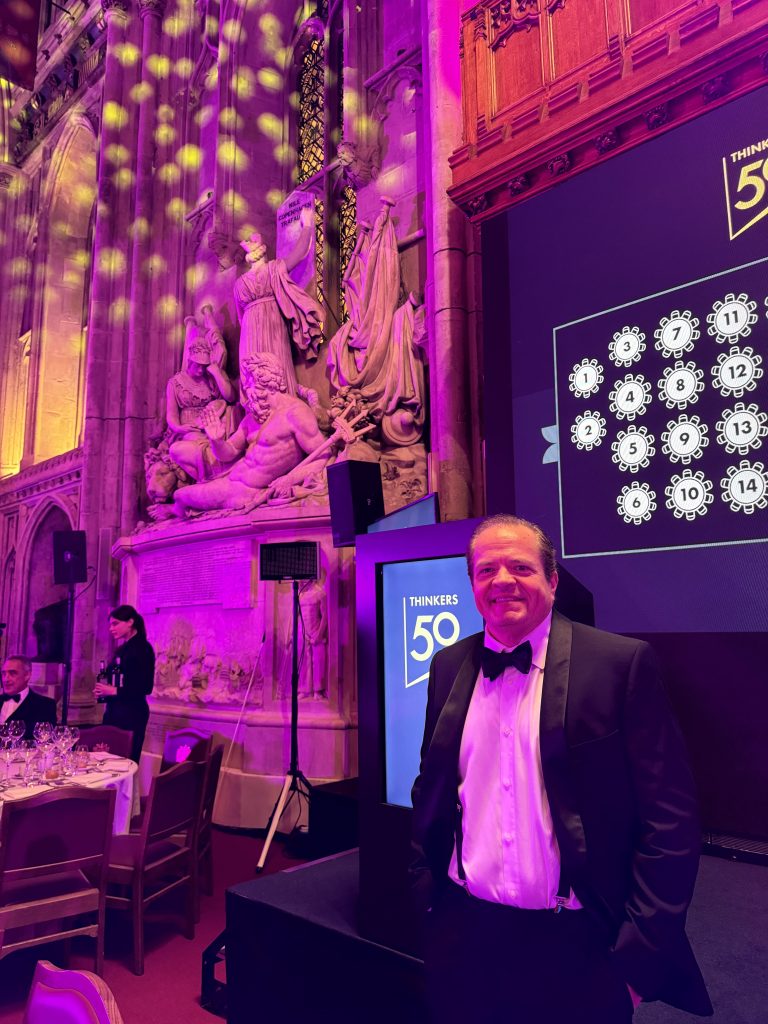Are You a Manager or a Leader? The Difference Impacts Everything


In leadership thought and practice, platforms like Thinkers50 stand as pivotal gatherings where today’s foremost thinkers in management share insights that shape the direction of leadership. As the author of “Business Breakthrough,” I had the opportunity to engage in deep discussions with thought leaders like Marshall Goldsmith and Subir Chowdhury, exploring the nuances of what truly makes a leader transformational.
Marshall Goldsmith’s notable work, “What Got You Here Won’t Get You There,” emphasizes the need for leaders to continuously evolve, focusing on proactively identifying and addressing personal blind spots. Subir Chowdhury’s “The Power of Six Sigma” demonstrates how principles of relentless improvement, inspired by Toyota, can be applied to achieve sustained success in organizations as varied as Sony and Lufthansa.
Through my journey from launching startups to leading them to the public market, I’ve seen how innovative approaches can disrupt and outperform the established order. It’s clear that leadership is about more than intellect or charisma; it involves embracing mental models that foster resilience and adaptability. As Marshall suggests, with anonymous feedback, reflecting on past failures to guide future strategies is critical for meaningful progress.
Navigating Leadership Frontiers: Insights from Thinkers50, the global awards event for the best business management leaders.


In leadership thought and practice, platforms like Thinkers50 stand as pivotal gatherings where today’s foremost thinkers in management share insights that shape the direction of leadership. As the author of “Business Breakthrough,” I had the opportunity to engage in deep discussions with thought leaders like Marshall Goldsmith and Subir Chowdhury, exploring the nuances of what truly makes a leader transformational.
Marshall Goldsmith’s notable work, “What Got You Here Won’t Get You There,” emphasizes the need for leaders to continuously evolve, focusing on proactively identifying and addressing personal blind spots. Subir Chowdhury’s “The Power of Six Sigma” demonstrates how principles of relentless improvement, inspired by Toyota, can be applied to achieve sustained success in organizations as varied as Sony and Lufthansa.
Through my journey from launching startups to leading them to the public market, I’ve seen how innovative approaches can disrupt and outperform the established order. It’s clear that leadership is about more than intellect or charisma; it involves embracing mental models that foster resilience and adaptability. As Marshall suggests, with anonymous feedback, reflecting on past failures to guide future strategies is critical for meaningful progress.